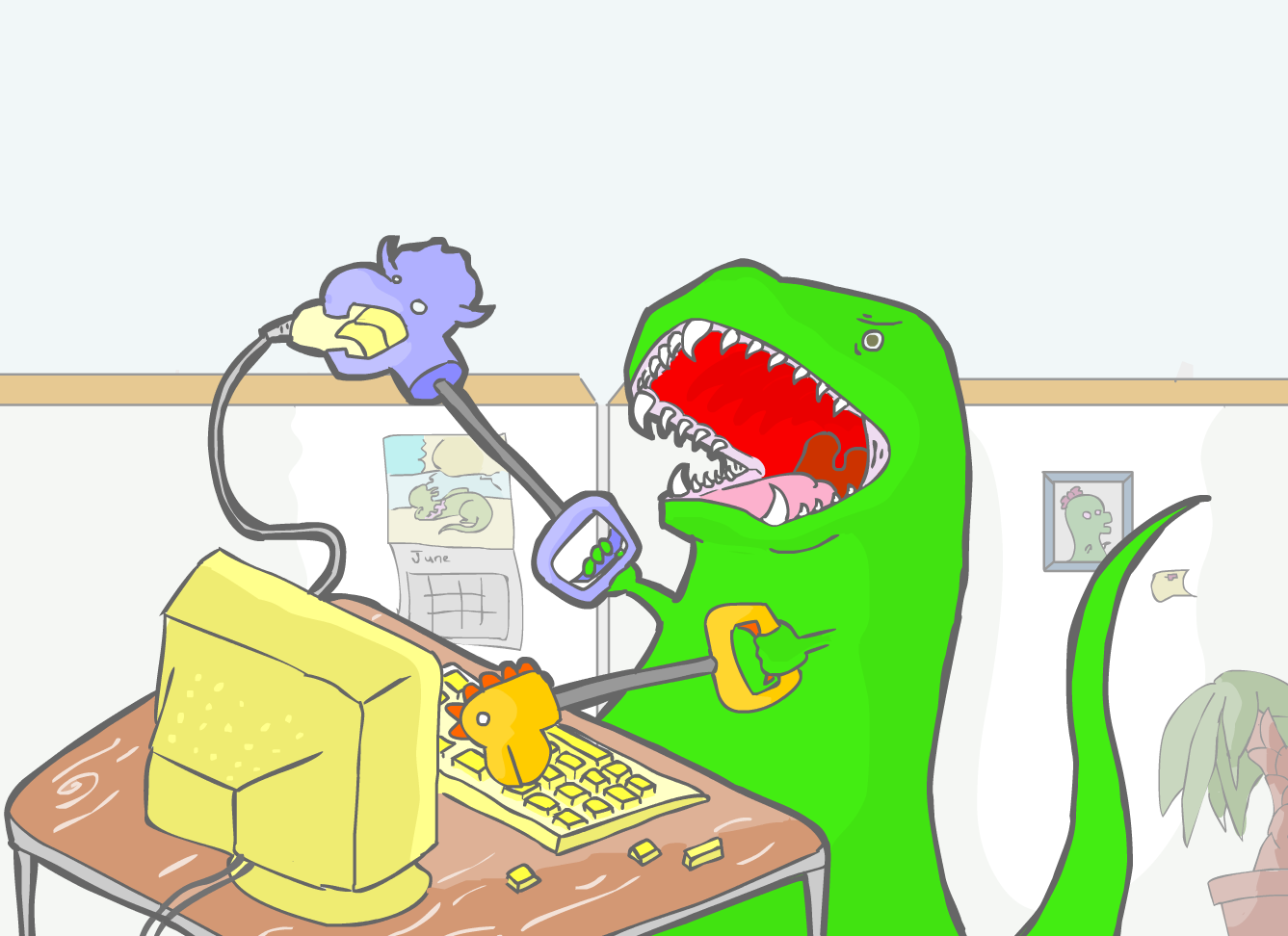What is DJing?
The art?
The business?
The history?
To me it is all of the above. The true craft of DJing to me lies in hip hop. Hip hop teaches us that its core fundamentals are DJ, MC, break dance, graffiti, and Knowledge.
Hip hop was rooted in social movement. A necessary social movement, one in which music was and still is a key piece of life style and communication in a modern (and marginalized) society.
I have DJ’d for many years in many capacities. In clubs, bars, house parties, weddings, you name it. Even some contests.
To me, DJ’ing “defined” is this: The art of sharing music in a curated and pleasing fashion, to enrich the environment, or audiences experience of the environment. In hip hop it goes further to expanding knowledge, consciousness, spreading the music which you as a DJ feel “needs to be heard.”
There are lots of big words there. And lots of subjective ideals. But none the less, in a nutshell, that’s what DJing is to me; sharing music.
I found the best DJ’s do have a true knowledge of music theory. Some, simply have thousands of hours of practice resulting in the former.
So how does a vinyl DJ handle 2018?
The answer is with buying singles, and burning them to CDs. The last few years have been interesting. The resurgence in repressing and popular vinyl has had a weird effect. In the late 2000’s or early 2010’s it was “easy” to get relatively new dance singles on vinyl. I noticed that later in this current decade, the independent labels (or many of them) seemed to fall behind on pressings or could not get music out as quickly or efficiently.
I am not one to hate on modern DJ equipment; as a matter of fact, I love it. Anyone who has seen Terrence Parker ( http://www.terrenceparkermusic.com/ ) on a set of CDJ’s knows that equipment is a means to an end.
In no particular order, I have made mixes using any of the following;
Vinyl
CDJs
Serato with timecode vinyl
Virtual DJ
countless other programs with MIDI controllers
At the end of the day, what sounds good to the end user is what you should use (in my humble, but war battered, opinion).
But what makes a good DJ?
A good DJ knows the following:
The business: how to get paid fairly, how to work with bar owners, how to be professional
The music: You have to know the music you play, and the music your audience likes. You can always find a middle ground.
The art: Play songs from new artists, push limits, make people learn new stuff. That’s your job in between the top40
The culture: Know your leaders, mentors, and pay for your music. Have a license for dem dubz.
In summation, DJing to me is the art of sharing music; it is an act we all love.
Until next time,
AK-DJ


